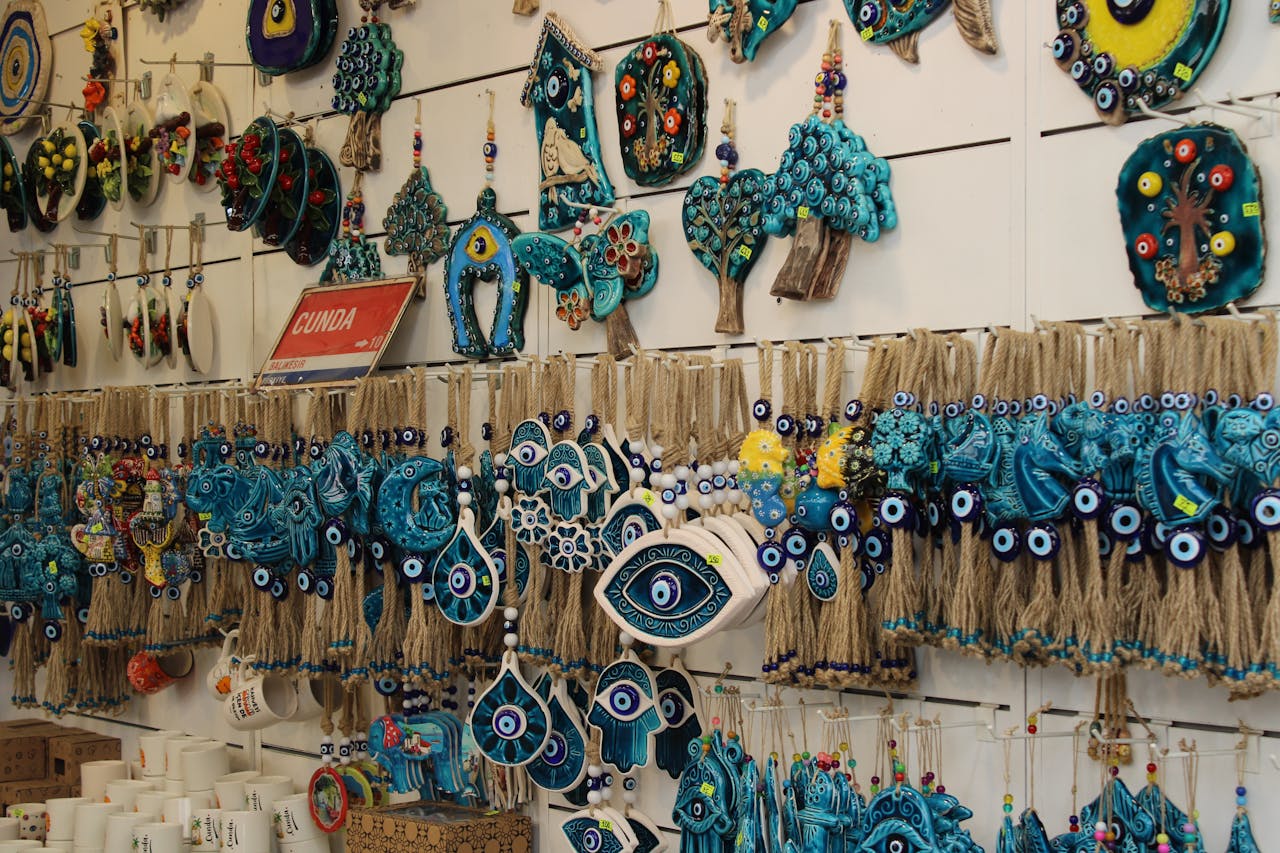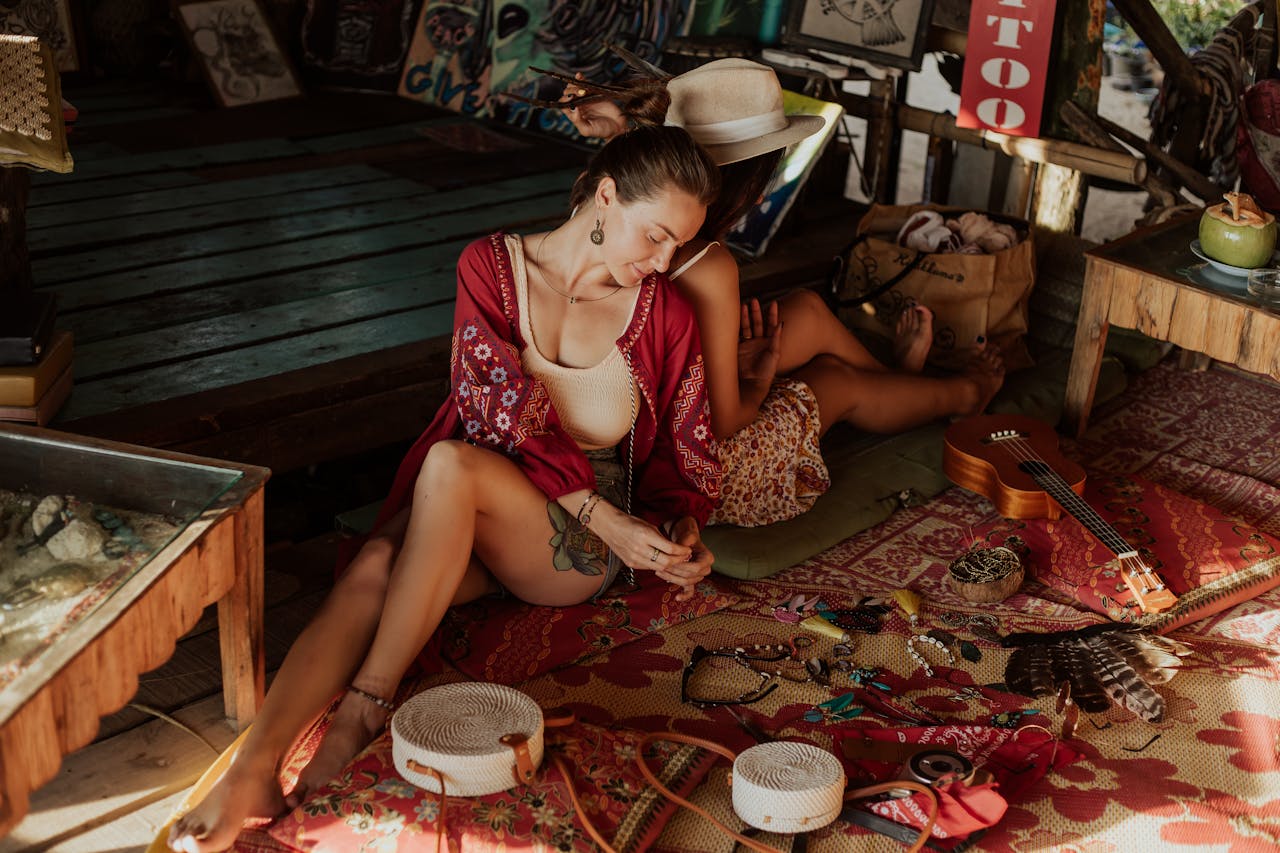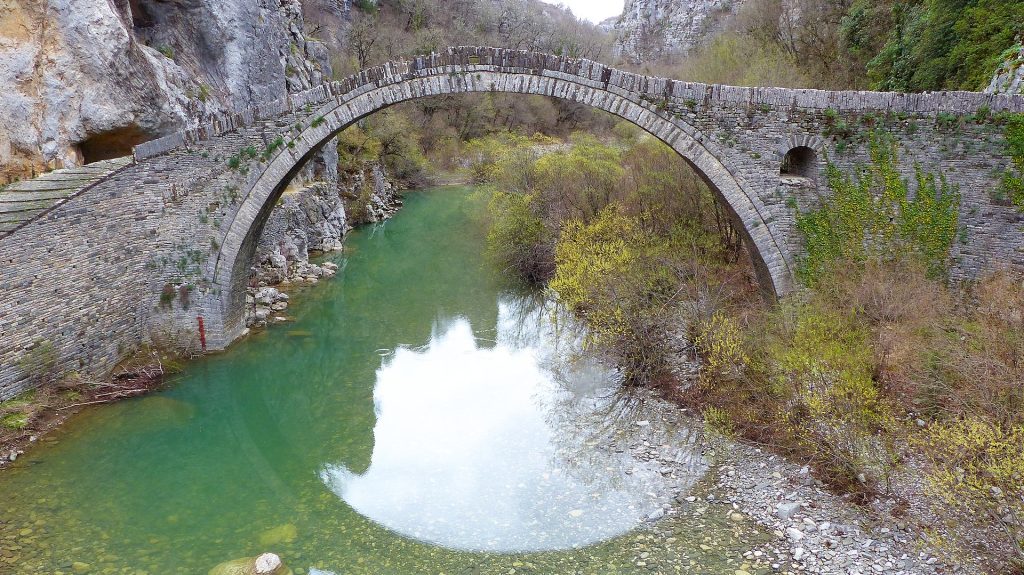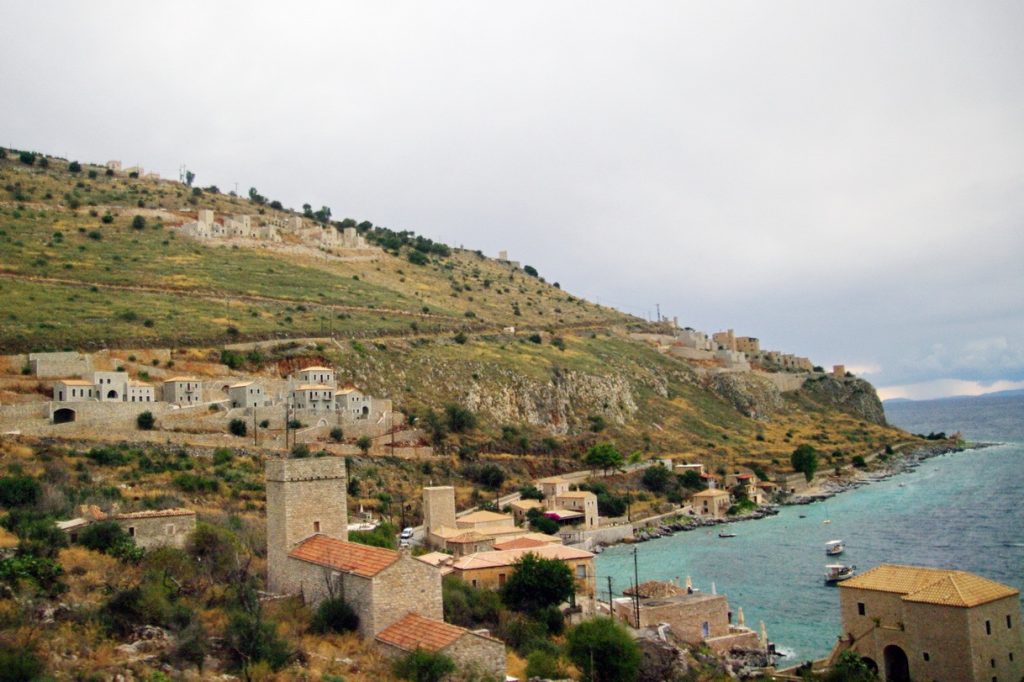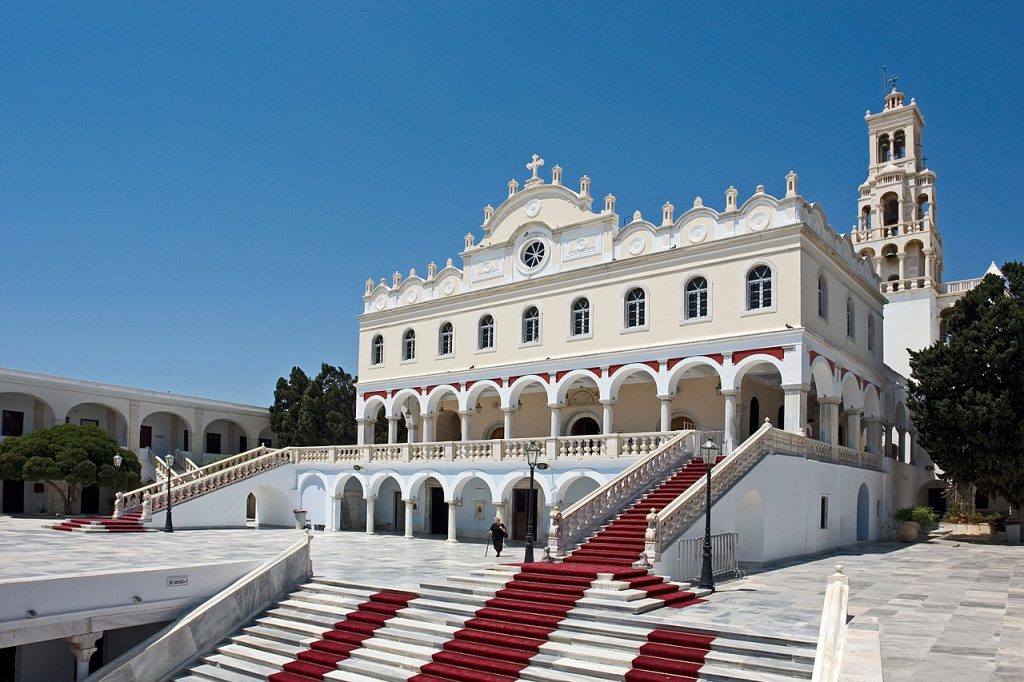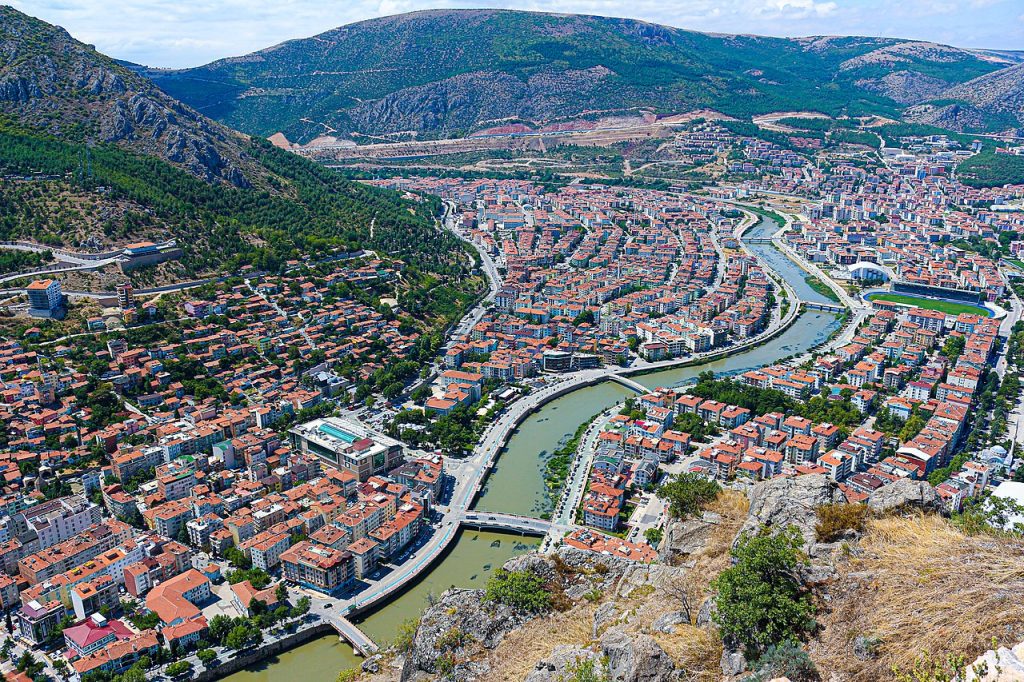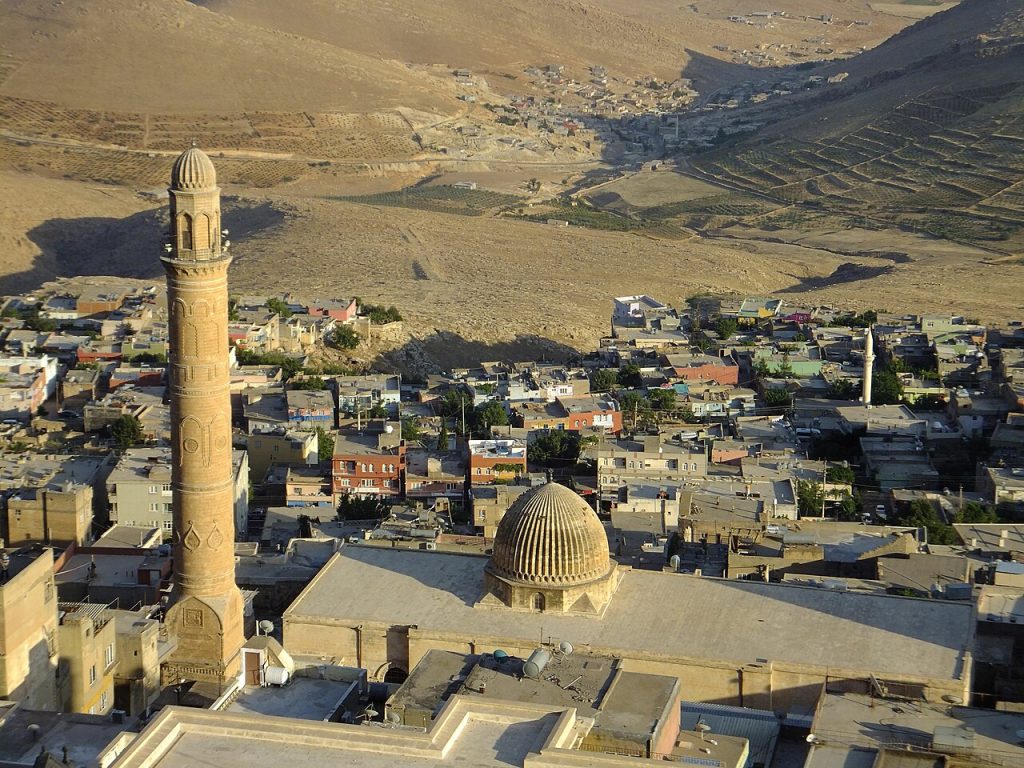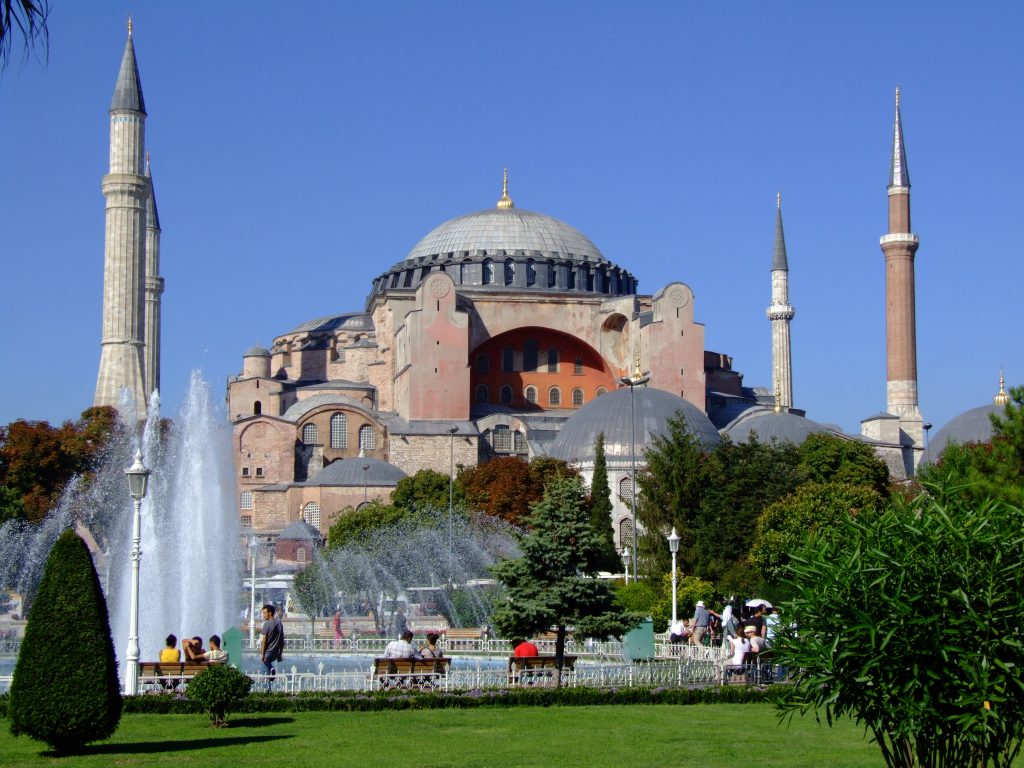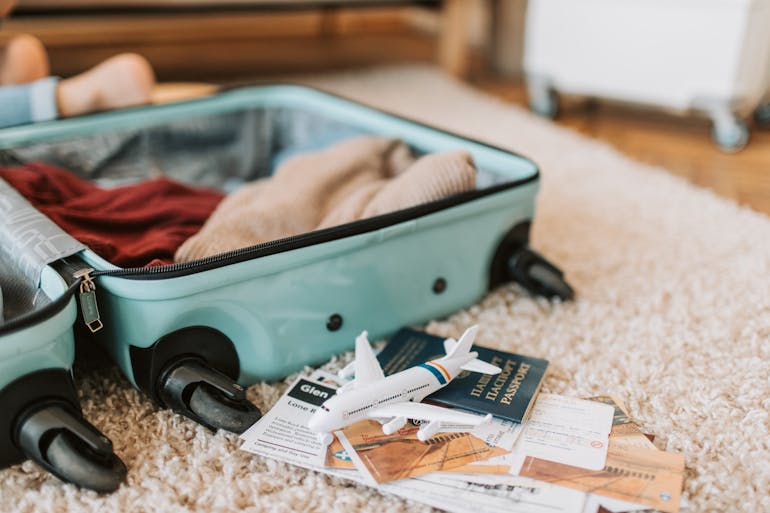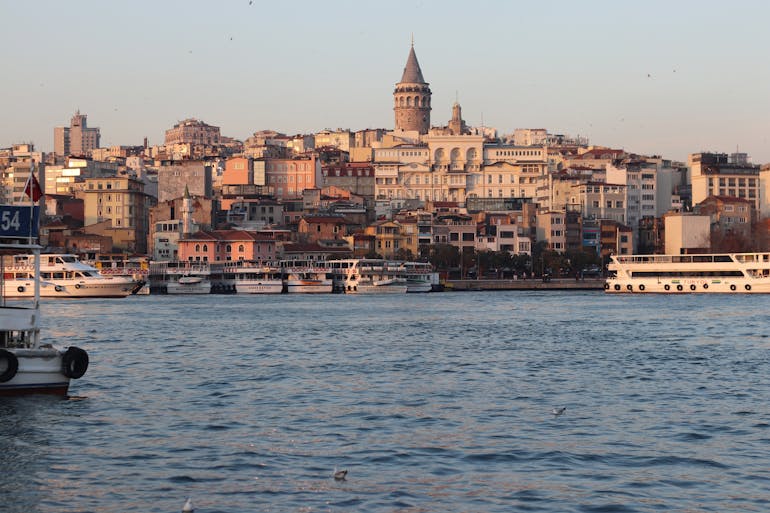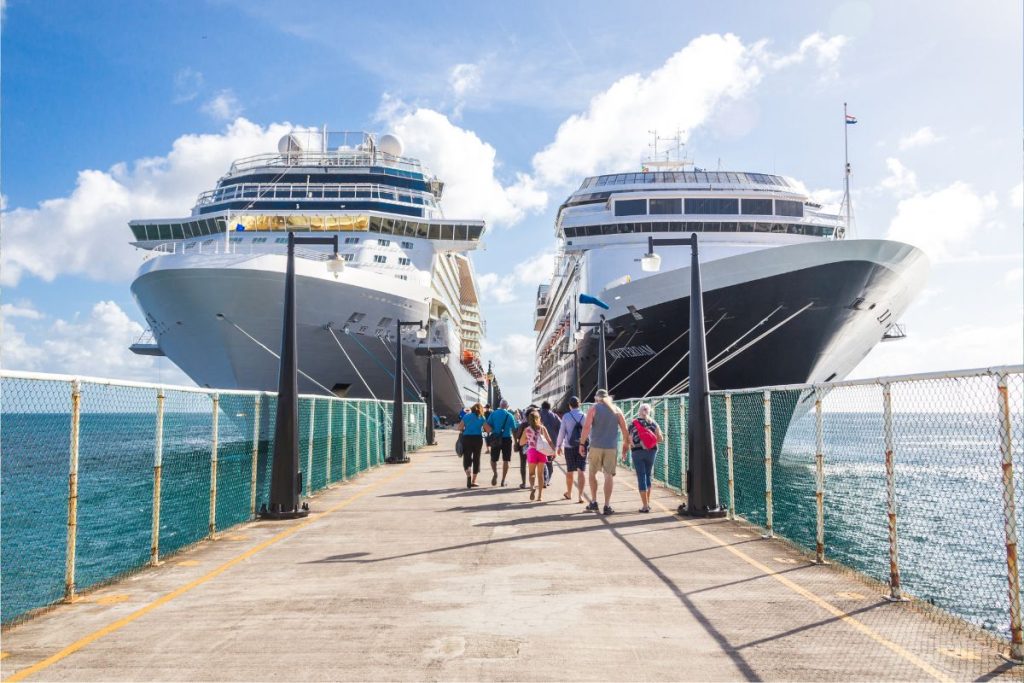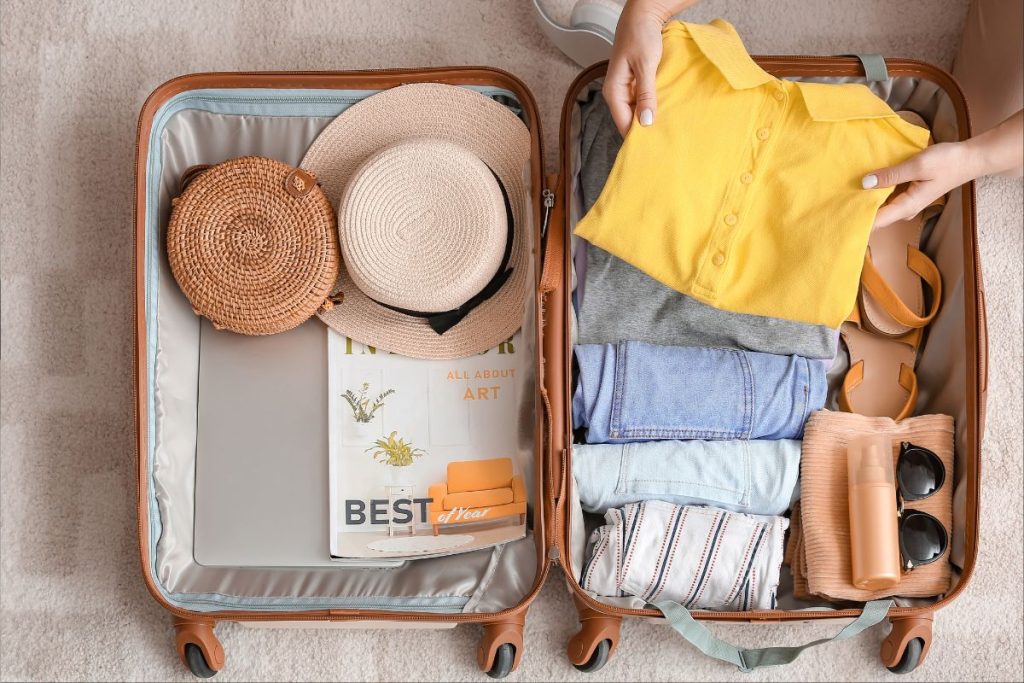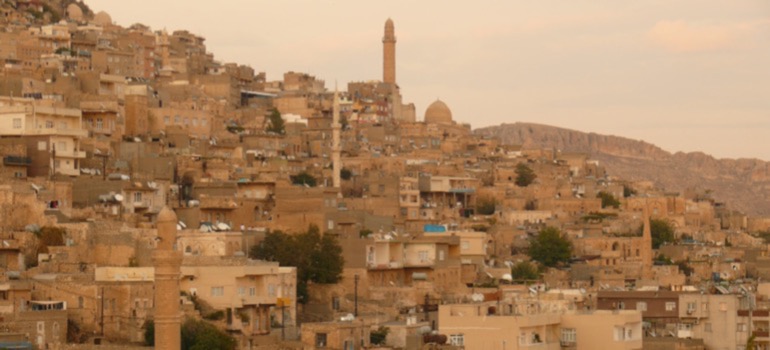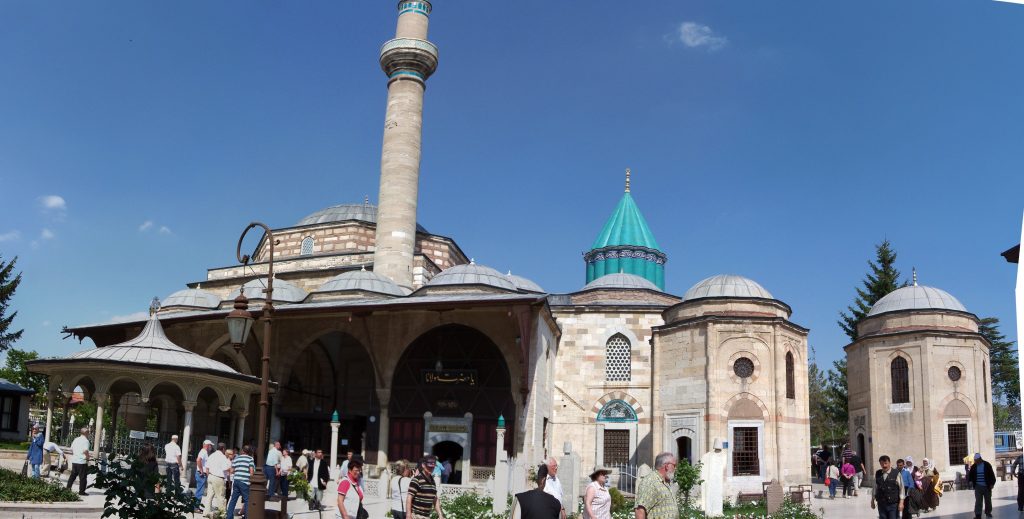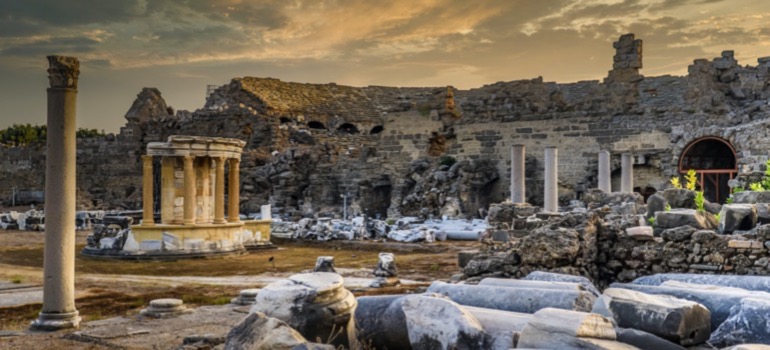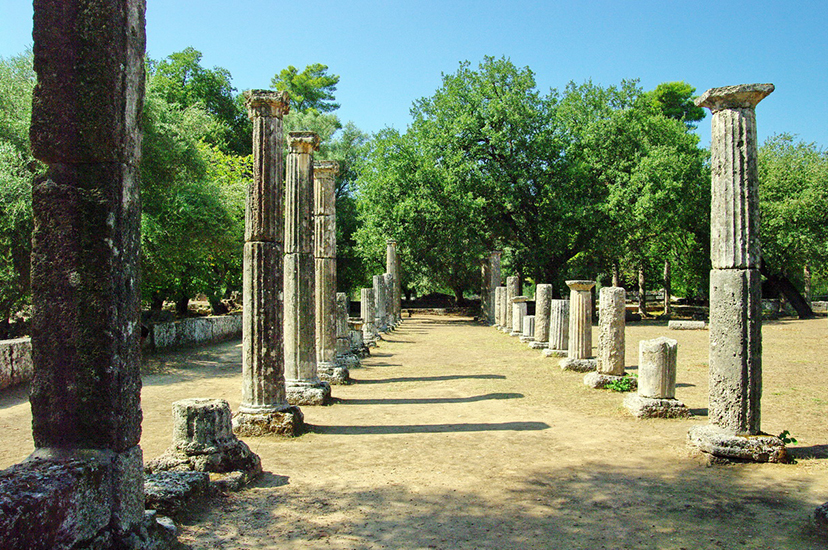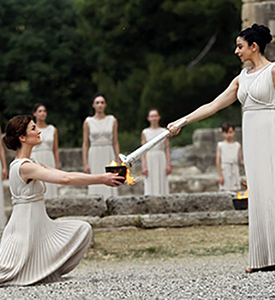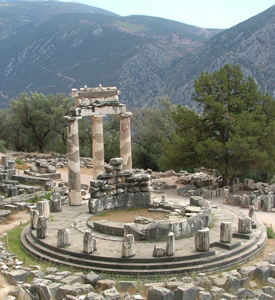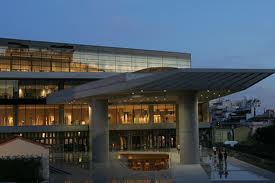30 seconds summary
-
Traveling through Europe requires a balance of style and practicality. Choose bags that are both functional and fashionable—think sleek crossbody bags with anti-theft features, roomy yet chic backpacks for day trips, and versatile tote bags that double as carry-ons.
-
Opt for lightweight, durable materials and neutral tones that match any outfit.
-
Prioritize security, comfort, and adaptability to ensure you travel smart and look great doing it.
Traveling to Europe evokes visions of cobblestone streets, charming cafés, sweeping historical architecture, and of course, effortlessly chic style. Whether you’re planning a two-week Euro-trip, a romantic honeymoon, your luggage and carry-ons are essential elements of your travel experience. A well-designed travel bag not only carries your belongings—it complements your aesthetic, ensures your comfort, and makes transitions between airports, trains, and city strolls seamless.
In this comprehensive guide, we’ll walk you through the best bags for traveling in style, from fashionable totes and backpacks to the best travel laptop bag for digital nomads or remote workers. We’ll also explore what makes a bag both functional and fashionable, and offer specific recommendations suited for every kind of traveler heading to Europe—and beyond.
Why the Right Bag Matters
While a bag may seem like a utilitarian item, it can set the tone for your entire journey. A stylish and thoughtfully designed travel bag does more than just hold your belongings—it protects them, supports your comfort during transit, and aligns with your personal style. The perfect bag:
-
Keeps your essentials accessible
Organizes your gear efficiently
Supports your posture and mobility
Meets airline carry-on standards
Complements your travel wardrobe
Blends function with fashion
In destinations like Paris, Milan, or Prague, where locals are known for their impeccable style, it’s a plus when your luggage looks just as chic as your outfit.
Categories of Travel Bags You Need
Depending on your trip’s length and purpose, you’ll likely need more than one type of bag. Here are the essential categories for a European getaway:
1. Carry-On Suitcase
A hard-shell or soft-shell rolling carry-on is ideal for short trips or as a complement to checked luggage. Look for ones with expandable compartments and smooth spinner wheels.
2. Weekender or Duffel Bag
Perfect for weekend getaways. A weekender exudes classic style and fits easily in train overhead bins.
3. Backpack or Day pack
Whether you’re wandering around the country, a day pack is essential. Some stylish options double as the best travel laptop bag, combining tech protection with elegance.
4. Cross-body or Sling Bag
Ideal for sightseeing days when you only need your phone, wallet, passport, and some sunscreen. The best ones are anti-theft and sleek.
5. Tote or Convertible Bag
Great for shopping . Look for structured, versatile styles that can go from day to night.
The Best Travel Laptop Bag for Stylish Explorers
Whether you’re working remotely from a café or just want to stay connected during your trip, a reliable laptop bag is a must. But function shouldn’t come at the cost of fashion.
What to Look For in the Best Travel Laptop Bag:
-
Padded laptop compartment for protection
Water-resistant materials for unpredictable weather
USB charging port for on-the-go power
Anti-theft features, like RFID pockets and hidden zippers
Stylish design that complements your wardrobe
Function Meets Fashion: Features to Prioritize
Beyond aesthetics, ensure your bags are equipped with features that enhance your travel experience. Here are the top functional elements to look for in each bag type:
Travel Suitcase
-
360° spinner wheels for easy navigation through busy airports
TSA-approved locks
Compression panels for space-saving packing
Expandable sections for souvenir overflow
Tote Bag
-
Laptop sleeve to double as a work bag
Zippered top for security
Waterproof base for beach trips or unexpected puddles
Backpack
-
Ergonomic design to avoid shoulder strain
Hidden back pocket for passport and valuables
Sternum strap for longer walks or hikes
Packing with Purpose: Must-Have Travel Accessories
Your bags are only as efficient as what you put inside them. Optimize space and organization with accessories that elevate your packing game.
-
Packing cubes: Organize outfits by day or type. Easily transition between locations without unpacking everything.
Compression bags: Perfect for bulkier items like jackets or winter wear.
Tech organizer: Keep cords, adapters, and chargers untangled and in one place.
Travel-size toiletry kit: Choose TSA-approved options with a hanging hook for small European bathrooms.
Tips for Multi-Destination Trips:
-
Choose modular luggage with detachable day packs.
A convertible tote/backpack is ideal for both the city and the beach.
Lightweight, washable fabrics help transition between climates.
Travel Tips: Looking Stylish and Staying Comfortable
Your bags contribute to your style, but comfort is key, especially during long-haul flights or train rides.
-
Stick to a color palette that makes mixing and matching easier.
Layering helps transition between warm airports and chilly nights.
Invest in versatile accessories: scarves, sunglasses, hats.
Keep a scarf or wrap in your tote—it doubles as a pillow or cover-up.
Sustainable and Ethical Travel Bags
Conscious travel is more important than ever. Many brands now offer eco-friendly options that don’t skimp on style.
Final Thoughts
Traveling in Europe is about more than just seeing sights—it’s about how you move through the world. Choosing the right travel bags allows you to do so with ease, efficiency, and elegance. Whether you’re navigating cobbled alleys in Florence, attending a vineyard wedding in Tuscany, or lounging at a cliff-side resort in Santorini, your luggage should reflect the spirit of your journey

